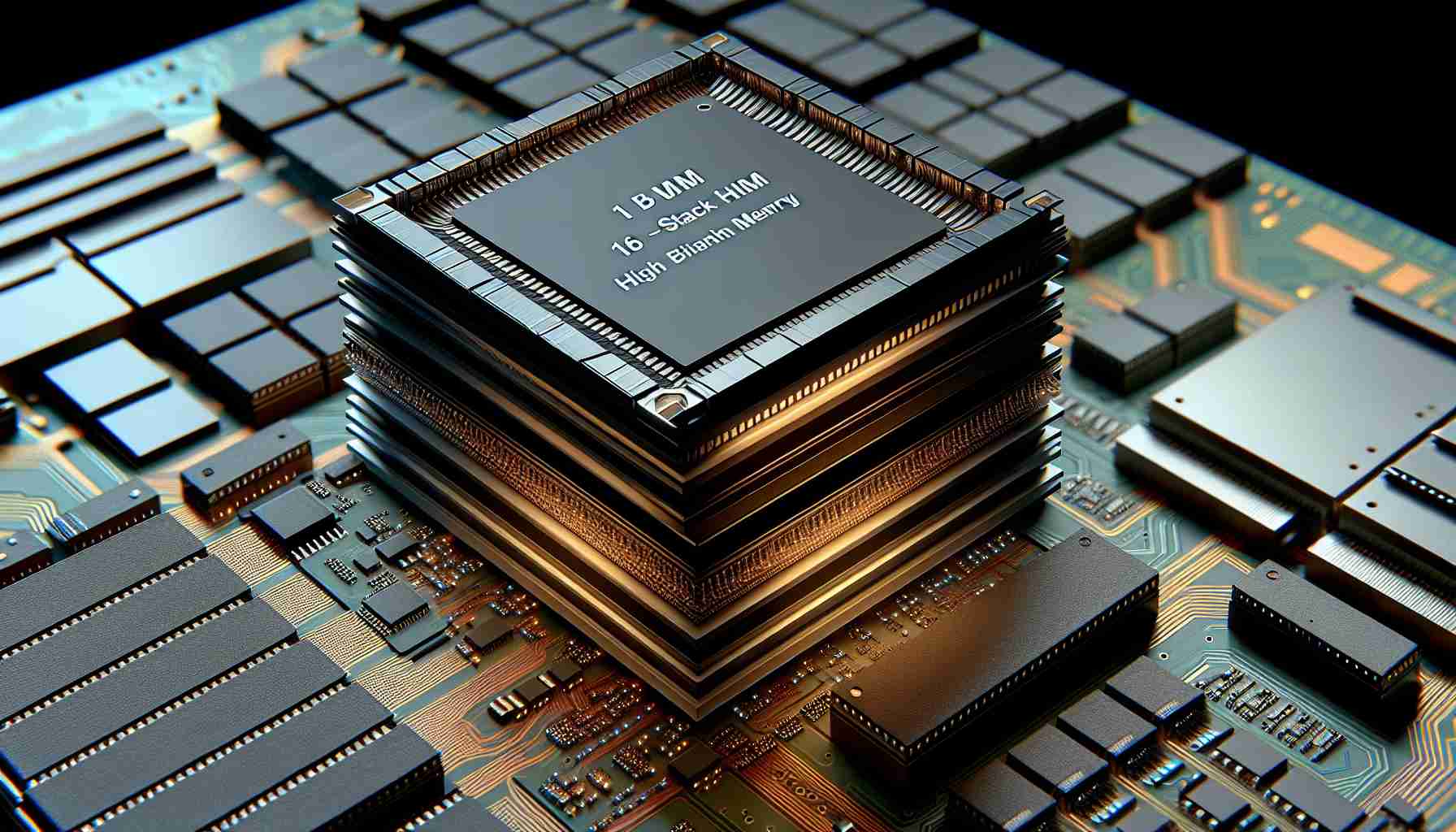Samsung, the South Korean technology giant, has recently achieved a significant milestone by manufacturing a sample of its 16-stack HBM (High Bandwidth Memory). This new achievement marks a significant advancement in memory technology and showcases Samsung’s commitment to pushing the boundaries of innovation.
Unlike previous HBM chips, which utilized a semiconductor technology called through-silicon-via (TSV), Samsung’s latest creation incorporates a cutting-edge technique known as hybrid bonding. This technique allows for the stacking of multiple memory layers without the need for TSV, resulting in a more compact and efficient design.
According to Samsung’s Vice President, Kim Dae-woo, the company initially planned to use hybrid bonding for only one or two stacks due to alignment issues. However, they successfully applied the technology to all 16 stacks, demonstrating its potential for future memory advancements.
The introduction of this 16-stack HBM opens up exciting possibilities for the future of memory technology. Samsung plans to leverage HBM4, an even more advanced version of HBM, to further enhance productivity and performance. HBM4 is scheduled to be sampled in 2025 and mass-produced for next-generation memory solutions by 2026.
Samsung’s continuous investment in memory technology is driven by the desire to meet the ever-increasing demands of modern computing and data-intensive applications. By utilizing hybrid bonding and other innovative techniques, the company aims to create memory solutions that are not only faster and more efficient but also more compact and reliable.
As the industry looks towards the future, Samsung’s advancements in memory technology are poised to play a crucial role in enabling the development of next-generation devices. With each new breakthrough, Samsung reinforces its position as a leading player in the global semiconductor market and sets the stage for a new era of computing capabilities.
In conclusion, Samsung’s successful manufacturing of the 16-stack HBM using hybrid bonding signifies a major leap forward in memory technology. This achievement paves the way for future advancements, enabling faster, more efficient, and highly reliable memory solutions for a wide range of applications.
The memory technology industry is a vital component of the global semiconductor market. According to market research firm Market Research Future, the global semiconductor memory market is expected to grow at a compound annual growth rate (CAGR) of 9.82% from 2020 to 2027. The increasing demand for high-performance computing, artificial intelligence, and data-intensive applications is driving the growth of the memory technology industry.
Samsung, as one of the leading players in the semiconductor market, is well-positioned to capitalize on this growth. The company’s continuous investment in memory technology allows it to stay at the forefront of innovation and meet the ever-increasing demands of consumers and businesses.
With the introduction of the 16-stack HBM utilizing hybrid bonding, Samsung has demonstrated its commitment to pushing the boundaries of memory technology. This advancement not only showcases Samsung’s technical capabilities but also opens up exciting possibilities for future memory solutions.
Hybrid bonding, a cutting-edge technique used in the manufacturing of the 16-stack HBM, eliminates the need for through-silicon-via (TSV) technology, resulting in a more compact and efficient design. This not only improves performance but also allows for more memory layers to be stacked, increasing the capacity of the memory module.
Samsung’s plan to leverage HBM4, an even more advanced version of HBM, further reinforces the company’s commitment to innovation. The introduction of HBM4 is expected to provide even greater productivity and performance improvements, meeting the growing demands of future memory solutions.
However, as the memory technology industry advances, there are challenges that need to be addressed. One major issue is the increasing complexity of memory architectures, which require more advanced manufacturing techniques and processes. Semiconductor companies like Samsung must invest heavily in research and development to overcome these challenges and bring cutting-edge memory solutions to market.
Overall, Samsung’s success in manufacturing the 16-stack HBM using hybrid bonding is a significant milestone in memory technology. As the industry looks towards the future, Samsung’s continuous investment in innovation will play a crucial role in shaping the development of next-generation devices and enabling enhanced computing capabilities.
For more information about Samsung’s memory technology and their contribution to the semiconductor market, you can visit their official website: https://www.samsung.com/semiconductor.
